The snow has already started to melt, and I am definitely overdressed. My dog wiggles excitedly as we walk down the driveway, stopping to stick her nose into the slowly melting piles of snow at the side of the pavement. The walk is a short one, but at the first notice that we are anywhere near the woods, her tail whips into an excited frenzy, eager to run into the snow and the trees surrounding us. My house in Mont Vernon, New Hampshire is luckily blessed with a long driveway nestled into the woods. The forest surrounding my house consists mostly of pine trees, both Eastern White pine and Red pine. There are also an abundance of Eastern hemlock, their tiny cones littering the snow at around this time of year. Often densely shaded by the various coniferous trees, not much tends to grow in the underbrush, save for where patches of light poke through and small saplings have started to grow. Of the hardwoods found here, there were a few sugar maple and Norway maple, as well as beech, but very very few birch trees. I could not find a single yellow birch, and it seemed that only three or four paper birch were in the area. The difference is staggering from my spot in Centennial, as it is dominated by mostly by hardwood trees like oak and maple.
When we turn into the woods, it is much easier to navigate the land. Without buckthorn and ferns in the way, you don’t have to move as carefully through the snow. Lichen grows on the trees, and as the sun starts to set, shadows are cast on the disappearing snow, slanting as if they’re reaching out and away from the sinking sun. I’ve been here before a million times – the path cuts from the far side of my driveway horizontally through the woods, curving out to a marshy pond that stretches alongside my road. You can’t really see the road from the clearing where you can sit to look out at the end of the trail, but you can hear it. The nice thing is that there’s barely any traffic, so its easy to sit there for an hour and not hear a single car. There have been beavers on the pond before, but not this year. No dams rise out of the slushy almost-ice on top of the water, and my mother hasn’t sent me any pictures of the beaver this year. I don’t imagine its the best place for them to live, only because it’s so shallow most of the time. Underneath the snow, I know the soil is soft and springy, covered in moss that probably died when the snow first fell. My dog, pulling me forwards, sticks her nose directly into a pile of deer scat, attempting to eat it, and barely listening when I try to pull her away. The clearing I usually sit in is empty, and I plop down in the snow. My dog trots circles around me, excitedly sniffing everything within the short stretch of her leash. The plants that grow here are short and resemble a mountain laurel, only much smaller and without the characteristic flowers. They only grow where the hemlock stops, where the light touches the bank of the marsh before it melts into the water. In the summer, there are water lilies that sit and bloom on the surface of the water, and I find myself wishing they were here now. It is so easy to relax there, to admire the beauty without all the bustle of the outside world.
I ended up looking up what the bedrock was in this area a few hours later. Surprisingly, being in the granite state, it was granite. Granite is formed when magma slowly crystallizes under the crust of the Earth and then is forced in between other rocks. This means a lot of the bedrock in New Hampshire was probably formed on the edge of tectonic plate, whereas the glaciers caused the glacial till common in areas of Vermont and in Burlington. I find it interesting that two places so close together can have wildly different backstories for the formation of their soils and their bedrock.
I sat in silence for a good amount of time as the sun continued to sink beneath the treeline. My dog, still excited by the scent of deer, didn’t stop moving the entire time, but her disturbance wasn’t unwelcome. She loves it out there as much as I do, and I think she knows exactly where we’re going every time we step outside. 




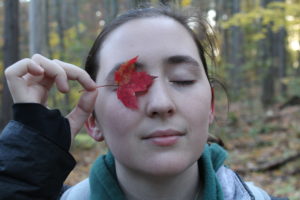
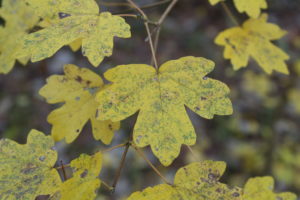
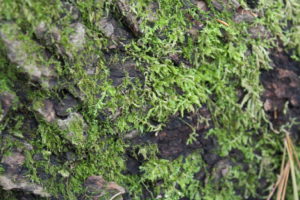


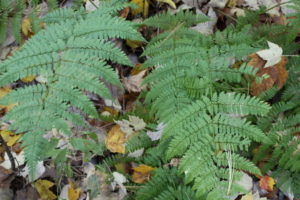
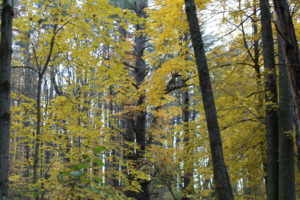

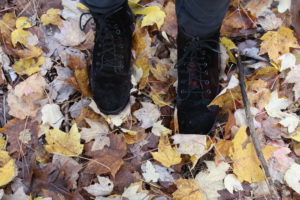

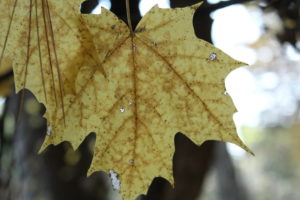



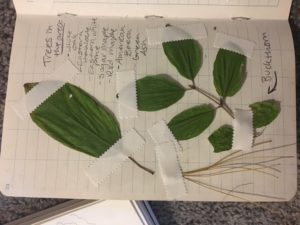





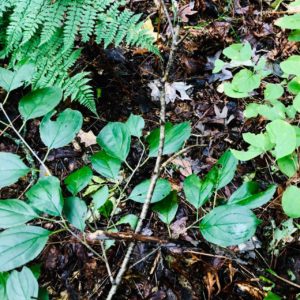
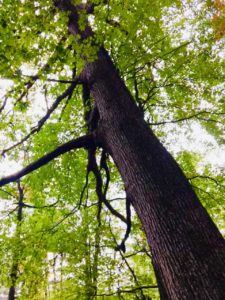








Recent Comments